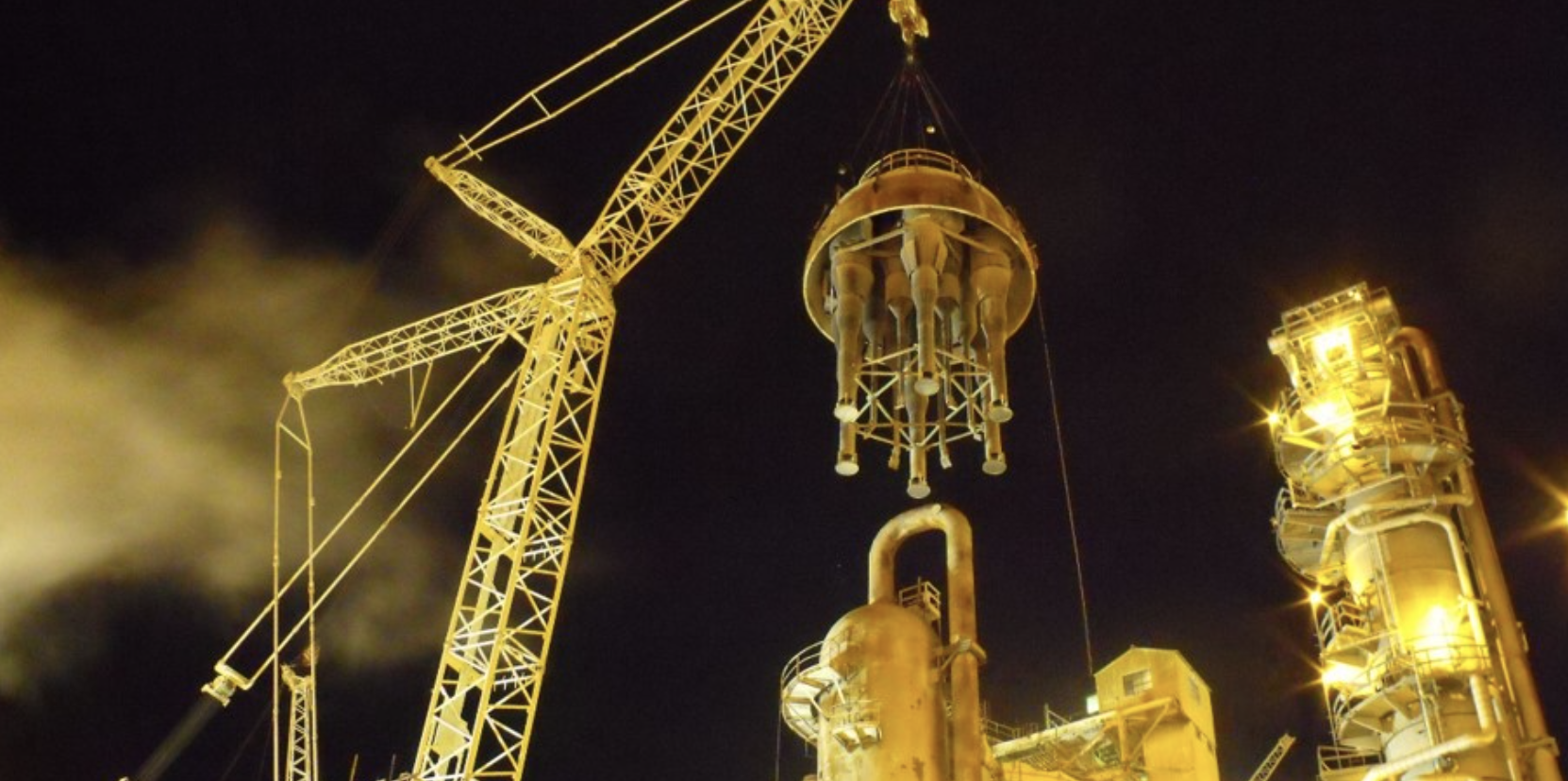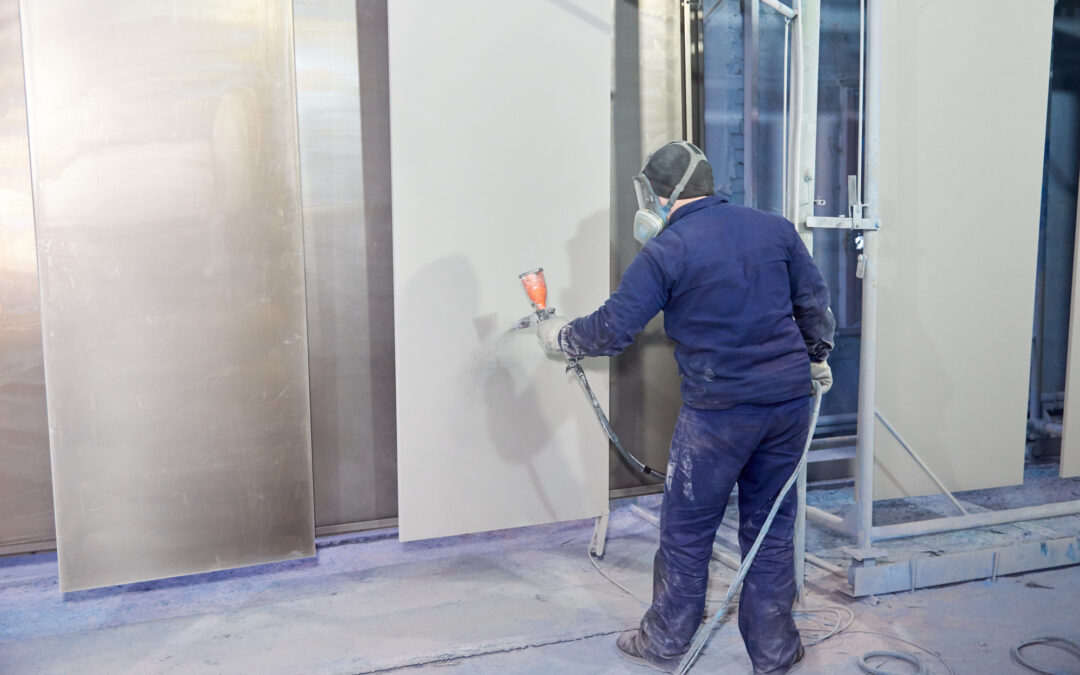Fluid catalytic cracking (FCC) is an important part of the oil refining process, and it is used to produce many of the fuel products that we rely on every day.
Cracking is the process of breaking down heavier hydrocarbon streams into smaller and more valuable molecules that make up a vast range of gasoline products. The most popular is catalytic cracking, also known as ‘cat’ cracking, which uses a catalyst to chemically separate the molecules. Fluid catalytic cracking uses a fine powder catalyst that is puffed up with air or hydrocarbon vapor until it acts like a fluid that can move through pipes and vents.
THE THREE STAGES OF FLUID CATALYTIC CRACKING
There are three main stages to fluid catalytic cracking:
Reaction.
The reaction takes place in a vessel known as a “catalytic cracking unit”, or CCU. The CCU is designed to maximize the efficiency of the process and ensure that the reaction takes place at the correct temperature and pressure.
The catalyst and the hydrocarbon are exposed to each other at a high temperature of around 900F (482C). During the process a layer of coke forms over the catalyst and prevents further reactions.
Regeneration.
The catalyst is separated and sent to a regeneration chamber. The coke is burnt off and the catalyst is returned to prepare for a future reaction phase.
Fractionation.
The cracked hydrocarbons are separated into different products and collected. These products can then be used to make gasoline, diesel, jet fuel, and other fuel products.
MAINTENANCE NEEDS IN FLUID CATALYTIC CRACKING
There are a range of maintenance tasks in fluid catalytic cracking. If they are not regularly monitored and maintained, it can result in costly downtime for repairs. Here are a few of the most common:
- Operational deposits will need to be cleaned from the hydrocarbon side of a cracking unit.
- Coke deposits will need to be cleaned from chambers and lines with via processes like hydro- blasting.
- Scaling and corrosion will need to be monitored and cleaned in the water side of the heat exchangers.
- Fans and surfaces must be cleaned of a soot-like dirt
- Boilers must be maintained and checked for operational deposits.
- Components meant to recover waste heat need to be checked and replaced.
- Lube and seal systems need to be maintained
- Refractory linings take damage and need to be replaced
- Hazardous vapors will need to be removed
- The toxic waste products in the Slurry Settler Tank need to be periodically removed and safely disposed of
It is a complex process, but it is necessary for the production of gasoline and other fuel products. Without a smoothly running fluid catalytic cracking system, we would not have the fuel products that consumers rely on to power their vehicles, homes, and businesses.
LET RCS HELP YOU MAINTAIN YOUR FLUID CATALYTIC CRACKING EQUIPMENT
RCS experts have over 14 years of experience and proven strategies to quickly and efficiently handle an FCCU outage. Contact us for more information on tank linings, fireproofing, silica mitigation, and other ways we can repair and improve your FCCU system.





